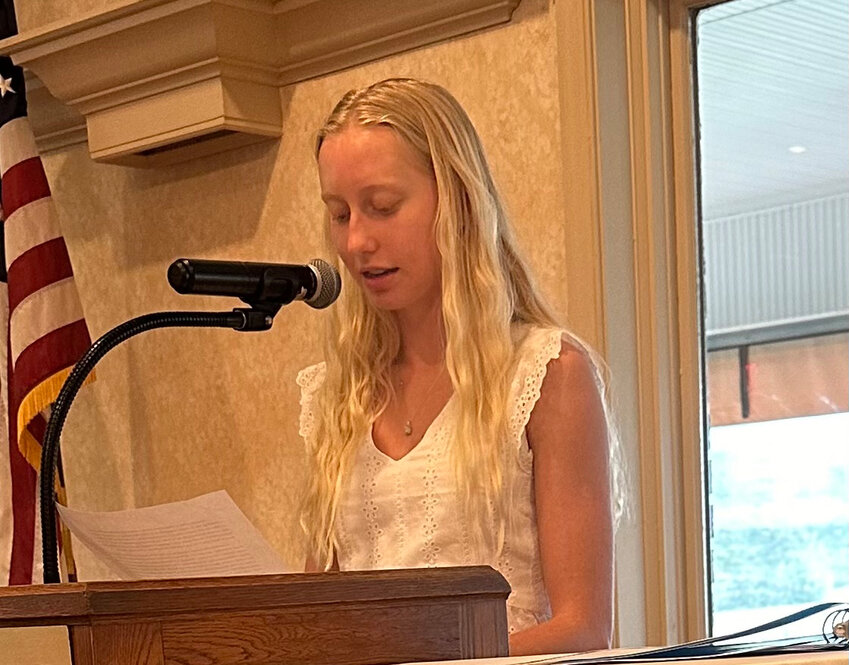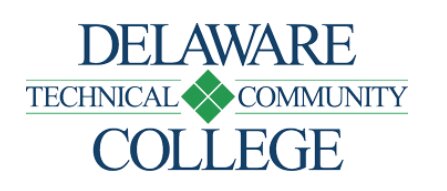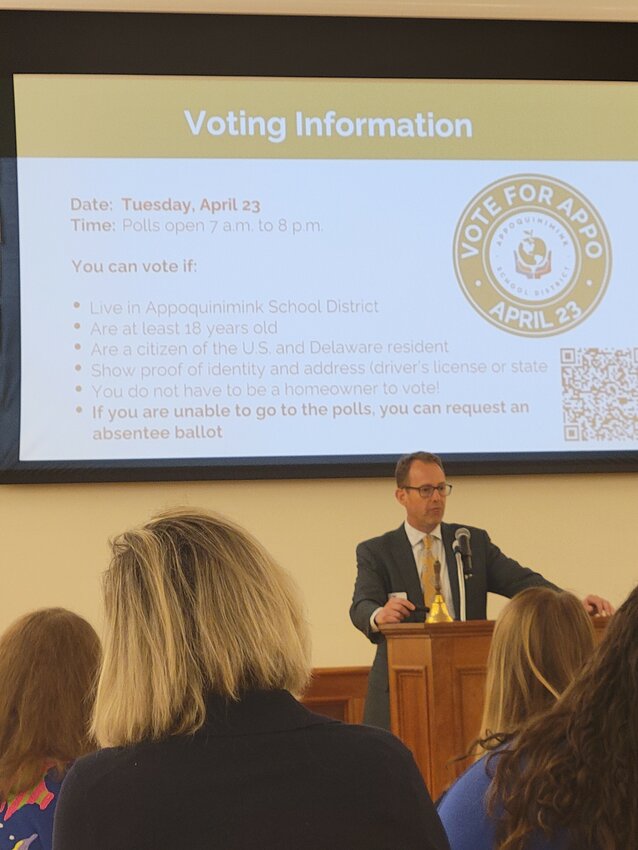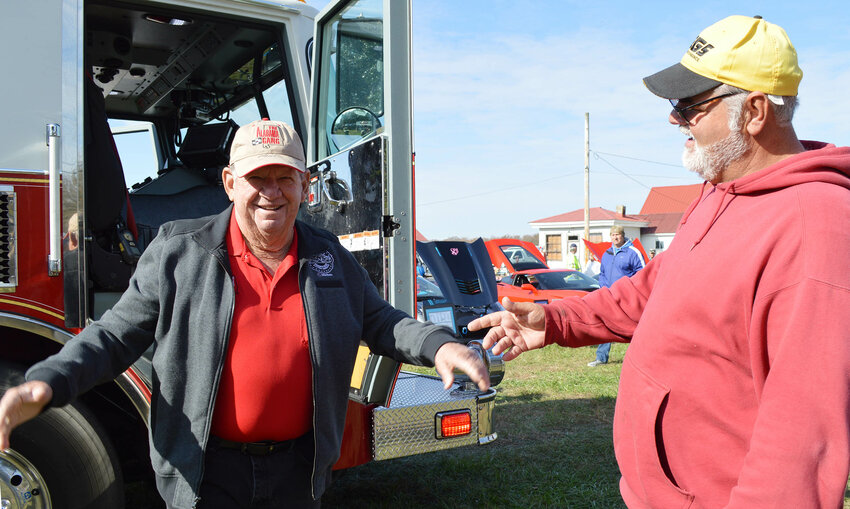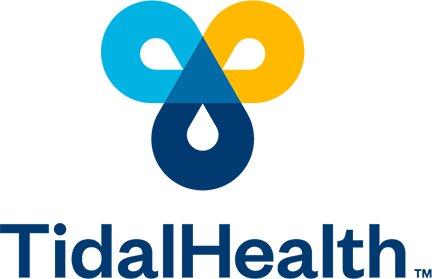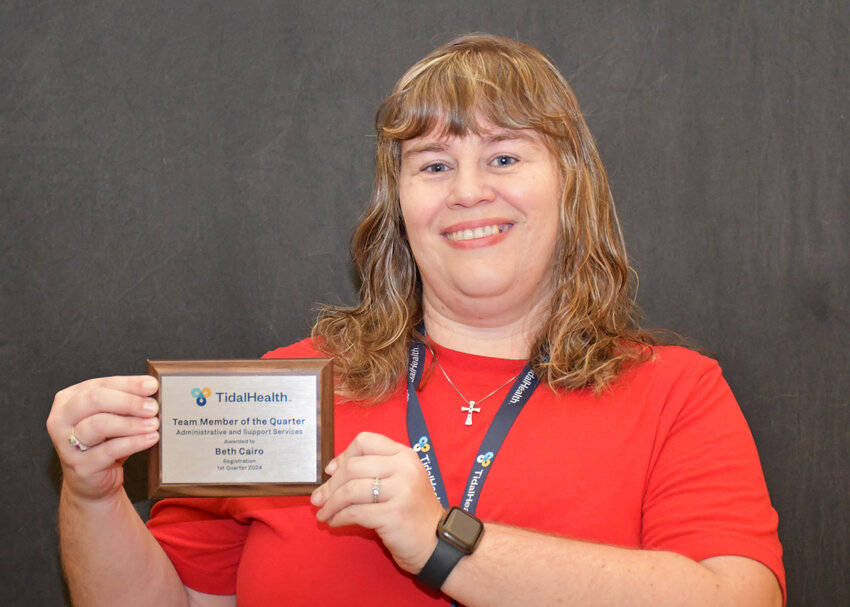Truex has a friend when it comes to Dover Motor Speedway
DOVER — The affinity that Martin Truex Jr. has for Dover Motor Speedway is obvious. It is the NASCAR track where he recorded the first Cup Series victory of his career in the spring of …
-
-
Spring game gives Delaware State's Adams chance to show that he's improving
DOVER — Marqui Adams says he could definitely get used to throwing to Kristian Tate. Twice during Delaware State’s Red-White spring …
-
-
-
Brady: Government running business a bad idea
Delaware’s government clearly does not run like a business. It never has. But some in our state’s government think they can run a business …
-
-
-
Photo Gallery: Delaware Defense Day
LEWES – Delaware Defense Day, a living history event that celebrates the World War II victory over Nazi Germany, brought WWII reenactors, …
-
-
DOVER -- Monday's Dover City Council meeting concluded with a passionate message from Mayor Robin R. Christiansen regarding recent violent events in Dover. "Let them get the message that …
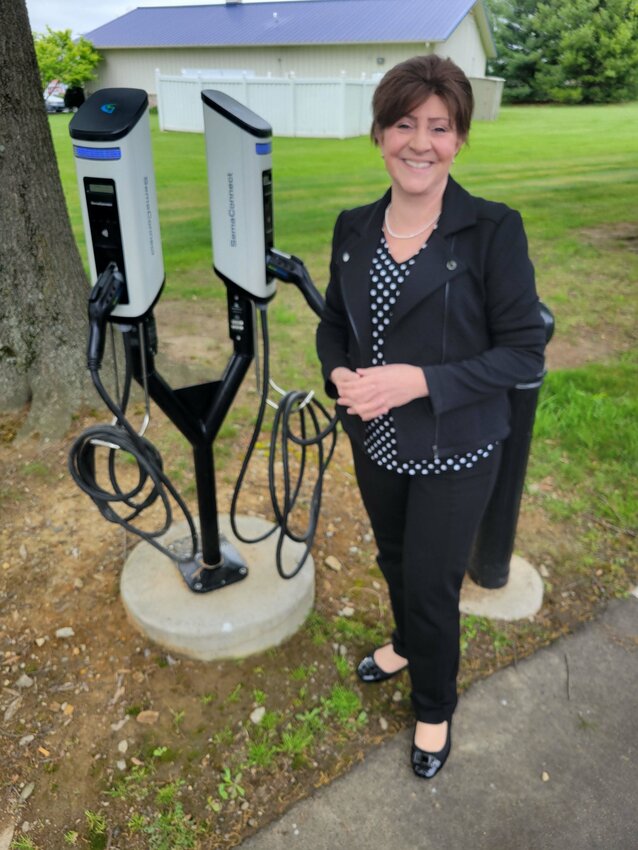

View this issue of The Delaware State News or browse other issues.
Disclosure
-
-
Snyder-Hall: ‘Democracy is on ballot in Delaware’
As you might have heard on the news, people all over the country are reeling because an 1864 law banning abortion has just been reactivated by …
-
-
-
Crawford: Explaining EPA’s limits on PFAS in drinking water
The more scientists learn about the health risks of PFAS, found in everything from nonstick cookware to carpets to ski wax, the more concerning …
-
-
-
Shortridge: We need a Delaware Photographers’ Project
From the U.S. flag being raised on Iwo Jima to Muhammad Ali’s knockout blow of Sonny Liston and from horrified students at Kent State to the …
-
-
M&D Bird Farm flies high in Harbeson
HARBESON — There are things one might expect when driving the roads of Sussex County. Construction is likely. Traffic might be a definite, depending on where you are. But it’s not common …



Downstate Delaware high school scores

Harrington Raceway harness racing results/entries
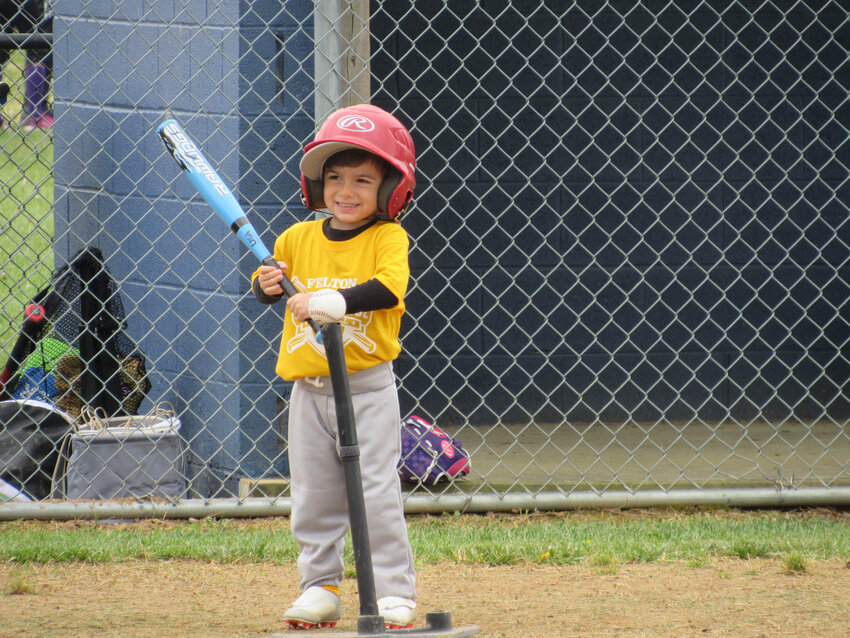
Photo Gallery: Felton Little League opening day
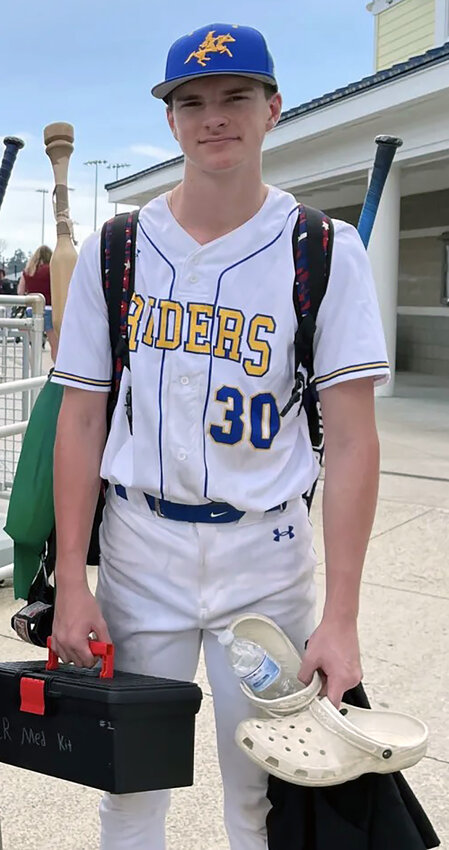
Athlete of the Week: Colby Rail, Caesar Rodney baseball
Spring game gives Delaware State's Adams chance to show that he's improving
More Sports








